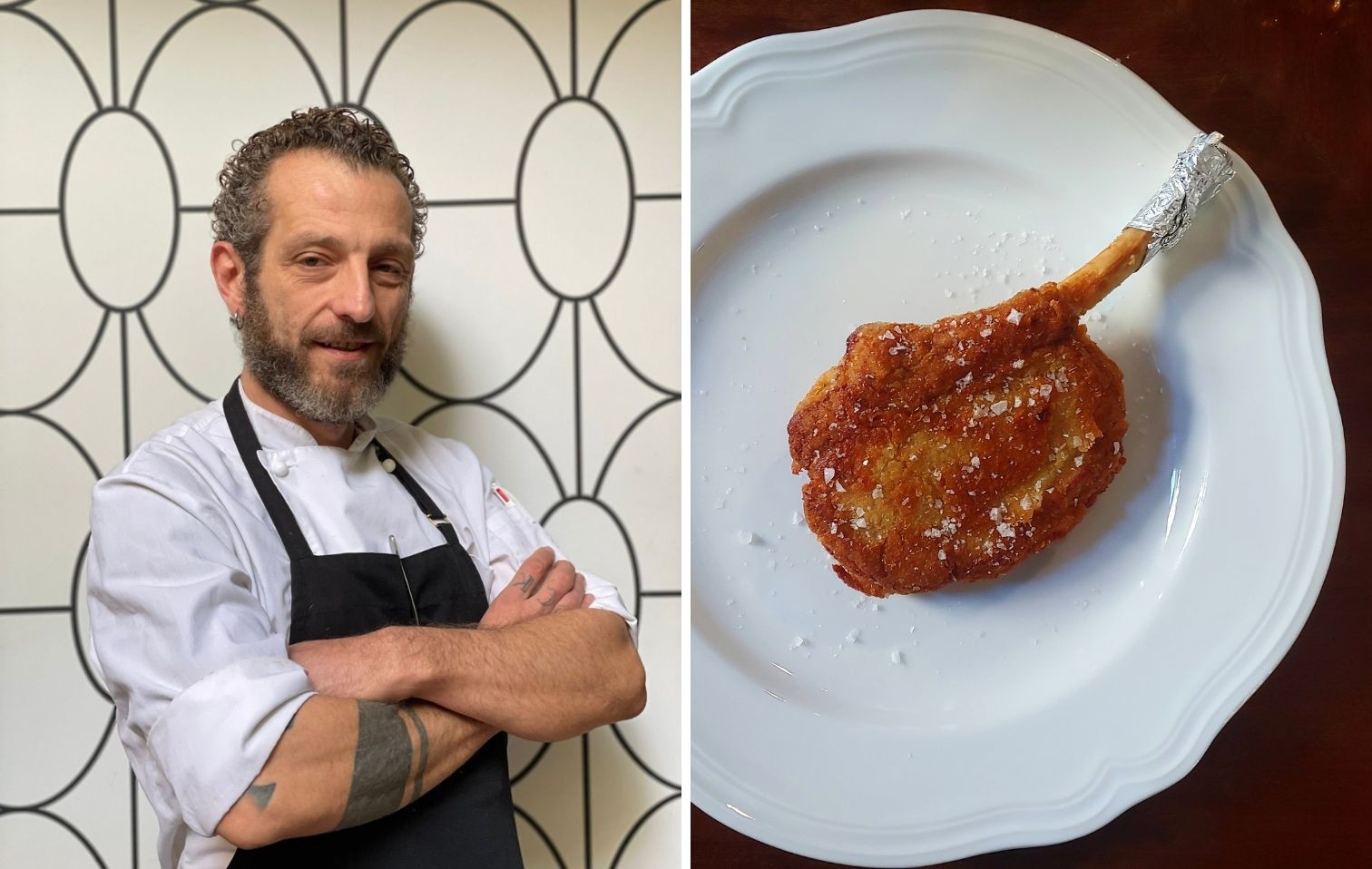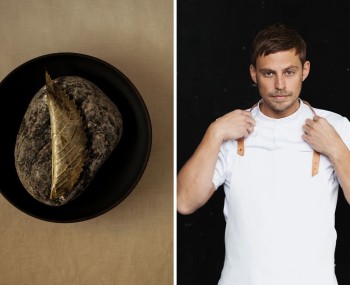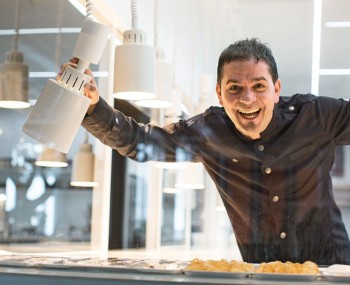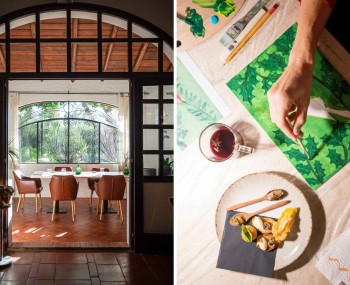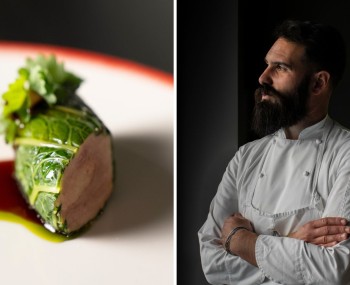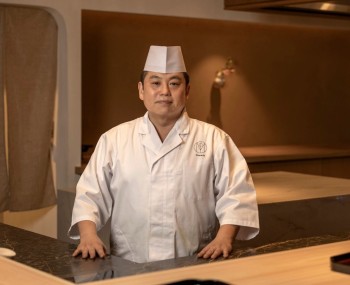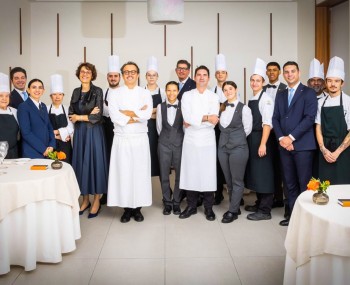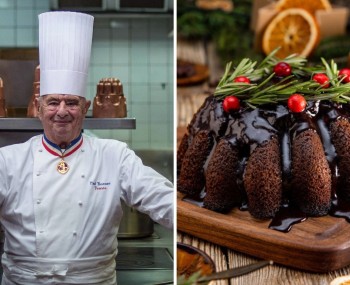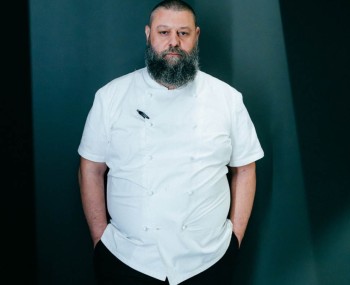In the heart of old Milan, amid art deco chandeliers, velvet and wisteria in bloom, chef Massimiliano Ciocchetti has created a menu that rewrites the rules of Milanese tradition. With the sustainable flair of barman Daniel Saporito, a place has been created where cuisine and cocktails speak the same language: that of instinct and identity.
Chef Massimiliano Ciocchetti: the instinct of memory
Massimiliano Ciocchetti, born in 1976, is a chef who has cooking in his blood and in his memory. Born and raised in Milan, he inherited his passion for cooking from his grandfather, a chef on the Italian Navy cruiser Garibaldi, a quiet but deeply influential figure who left him a legacy of flavors, gestures, and familiar aromas.
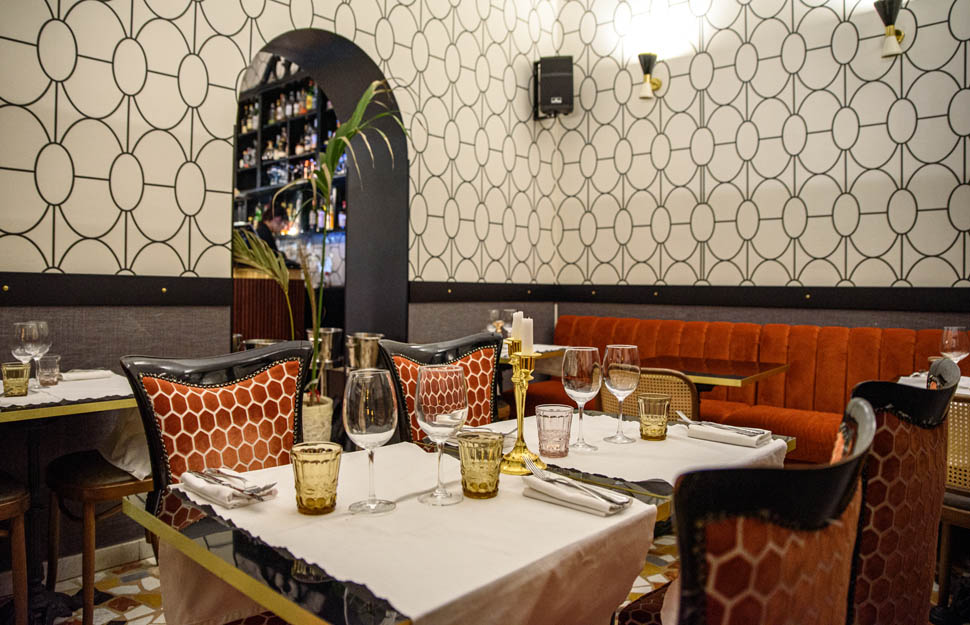
Ciocchetti wasn't born a chef, but grew up in his mother's kitchen. After studying law and working in public relations, the moment came when his passion called him loud and clear: at 16, he was already working at Aimo e Nadia, then moved on to other Milanese restaurants such as Terza Carbonaia, Clank, La Gargotte, Nik's & Co, and Philipp Plein. He finally landed at Classico Trattoria&Cocktail in Via Marcona, where he now creates one of the most beloved dishes in the city's gastronomic history.
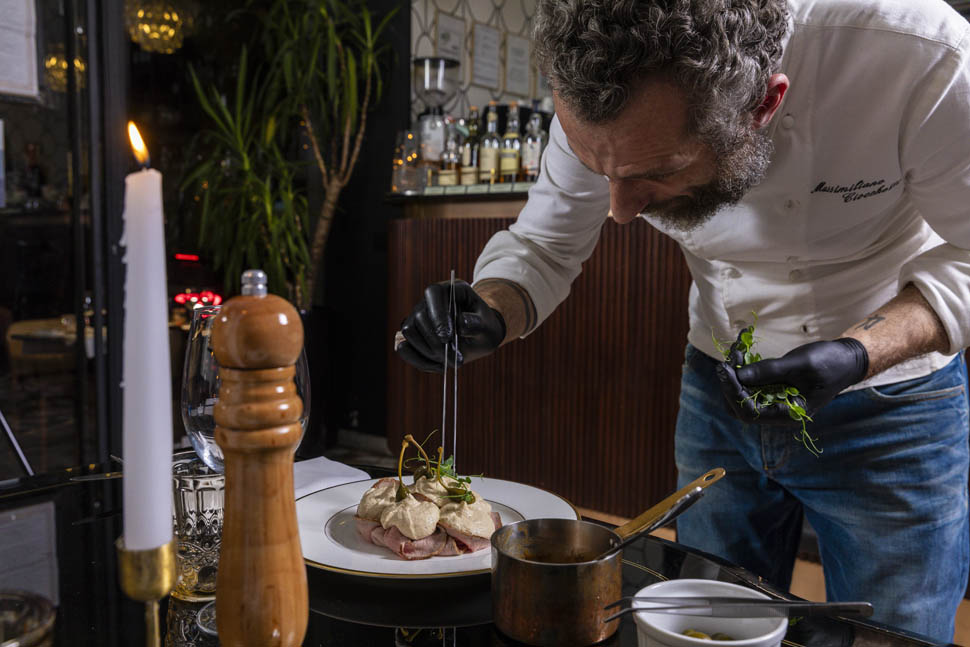
“I want this menu to be recognized in Milan as one of the most authentic and representative of the Milanese tradition,” he says enthusiastically, surrounded by recipe books in dialect and memories of snacks with michetta bread and frittata. His cuisine is instinctive and seasonal. It is a contemporary vision of the Italian trattoria, without artifice, which plays on a few ingredients at a time — four or five at most — with attention to the raw ingredients, cooking, and proportions.
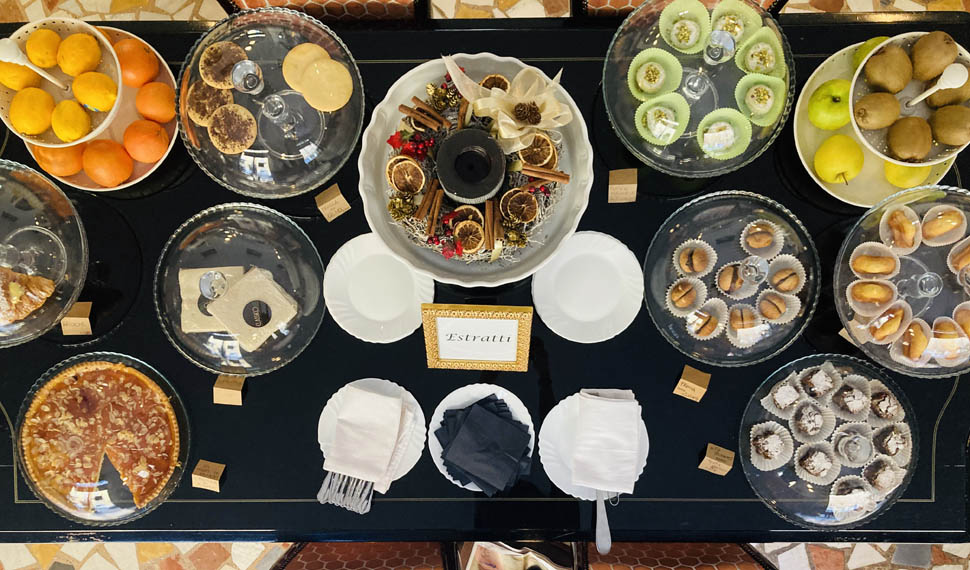
The living room, the garden, the table: the accessible elegance of Classico
The Classico environment is that of a Liberty-style living room reinterpreted in a contemporary key. The walls are enlivened by geometric wallpaper reminiscent of early 20th-century wrought iron, orange velvet upholstered seats and sofa benches coexist with Thonet chairs, while warm lighting and Art Deco chandeliers complete the atmosphere suspended between eras.
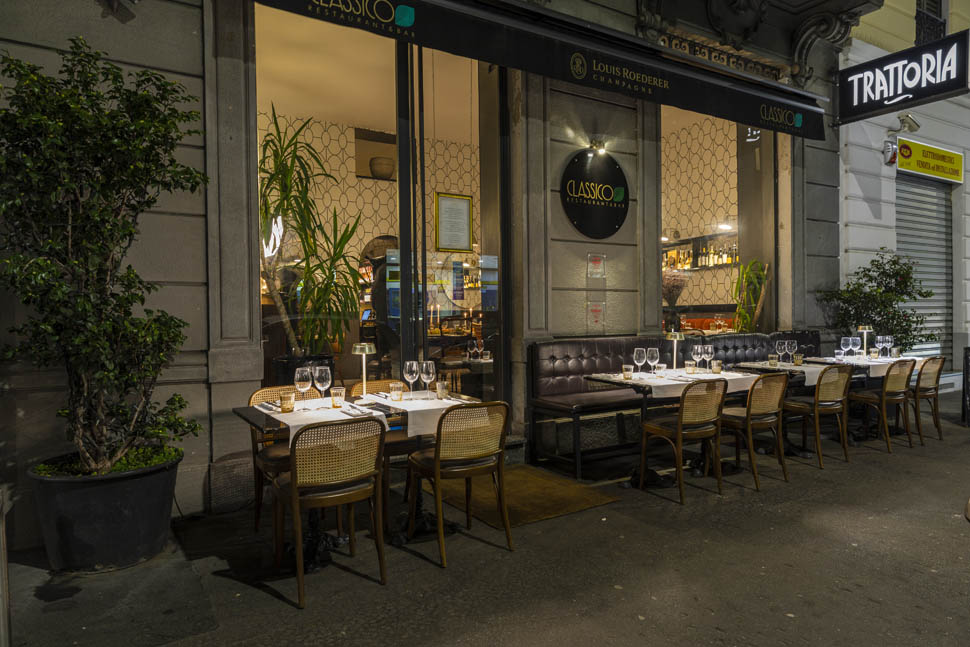
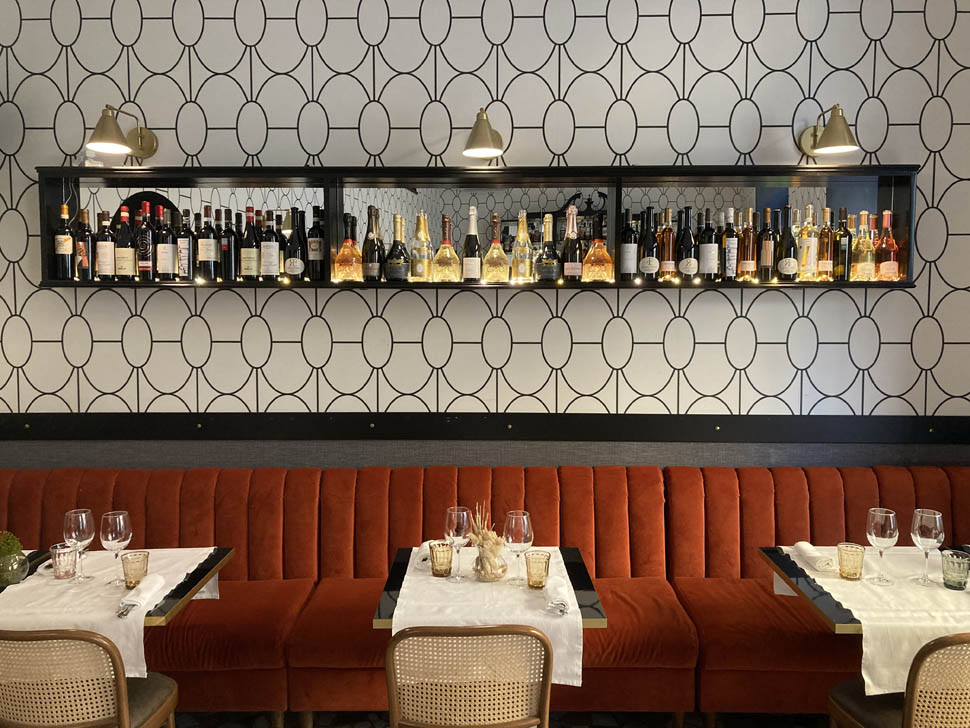
A long central table, set up in the morning for a sweet breakfast with cakes, plum cake, and a small buffet, welcomes those who wish to start the day in a cozy atmosphere. In fine weather, the beating heart is the internal garden, covered and shaded by a jasmine pergola.
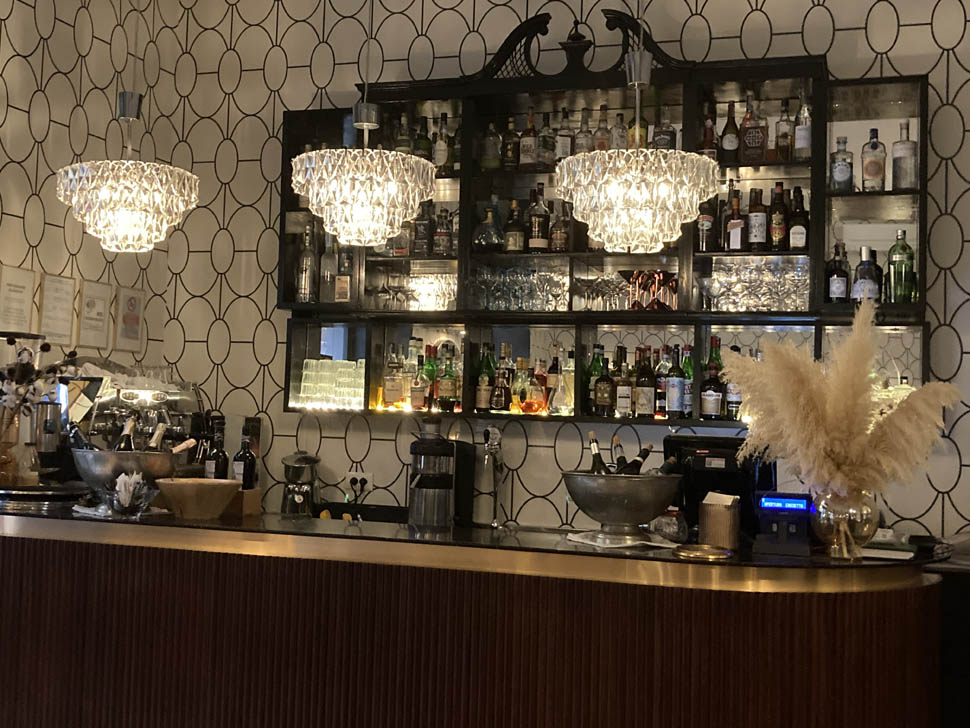
The dishes: the story of a Milan that is changing (but not forgetting)
It all begins with a small welcome:toasted bread, raspberry butter, and anchovies. The Milanese journey continues with mondeghili, made exclusively with boiled meat from the previous day, as per tradition. They are served with three sauces that reinvent the classic boiled meat trolley: an intense and velvety saffron cream, a rustic and delicate honey mustard, and a sweet fresh raspberry coulis. The breadcrumb coating is made with panko, a detail that reveals the chef's training in sushi, but also a nod to the beloved Milanese michetta bread.
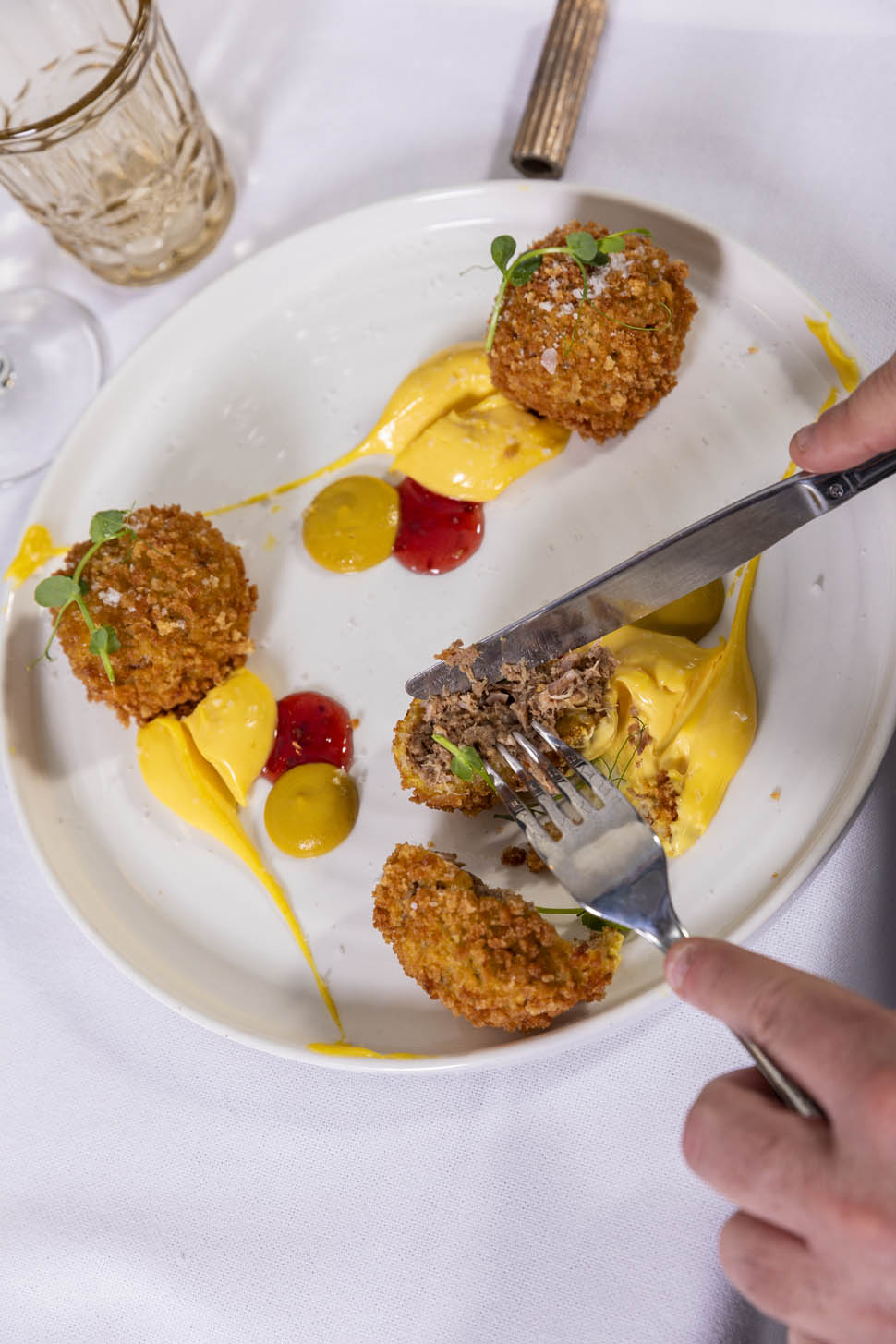
The Risotto Baldo Riserva “Az. Agr. Testa” alla Milanese that follows is the signature dish: eighteen minutes of precise cooking to obtain a rice that remains compact yet creamy. The preparation includes saffron pistils, a hint of white licorice that adds depth, veal jus to bind, and roasted marrow served on the side, with a teaspoon to decide how much to add, leaving freedom and lightness to the guest. “The marrow is a tribute to tradition, but without making it heavy. Everyone should be able to choose their own balance,” explains Ciocchetti.
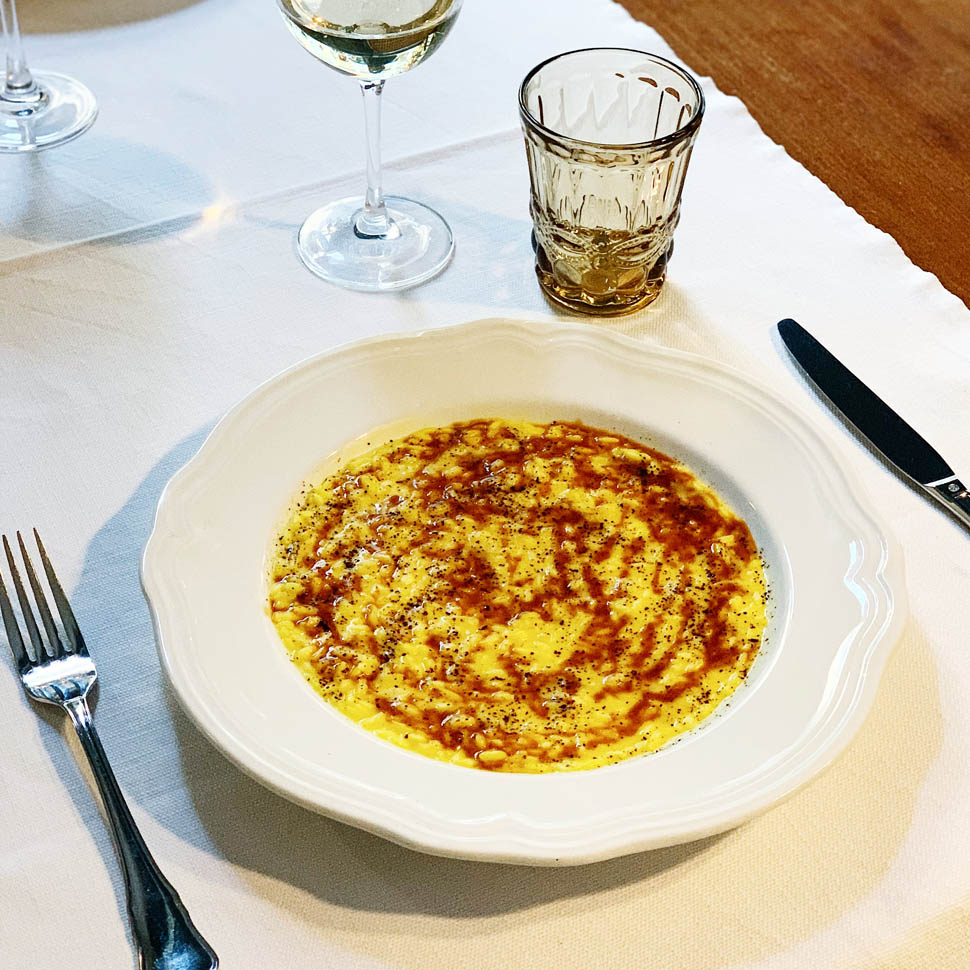
The Cotoletta alla Milanese arrives at the table with the solemnity that this symbol of Lombard cuisine deserves. Ciocchetti cannot be beaten, “because meat must be respected in its integrity,” using only veal cutlets with the bone, about 2 centimeters thick. The breading follows the traditional method—flour, beaten egg, and breadcrumbs—but the secret lies in the frying: clarified butter from the chef himself, enriched with a touch of cocoa butter that adds a hint of roundness without weighing it down. The result is an even golden brown color and a crispy crust that encloses juicy, delicate meat.
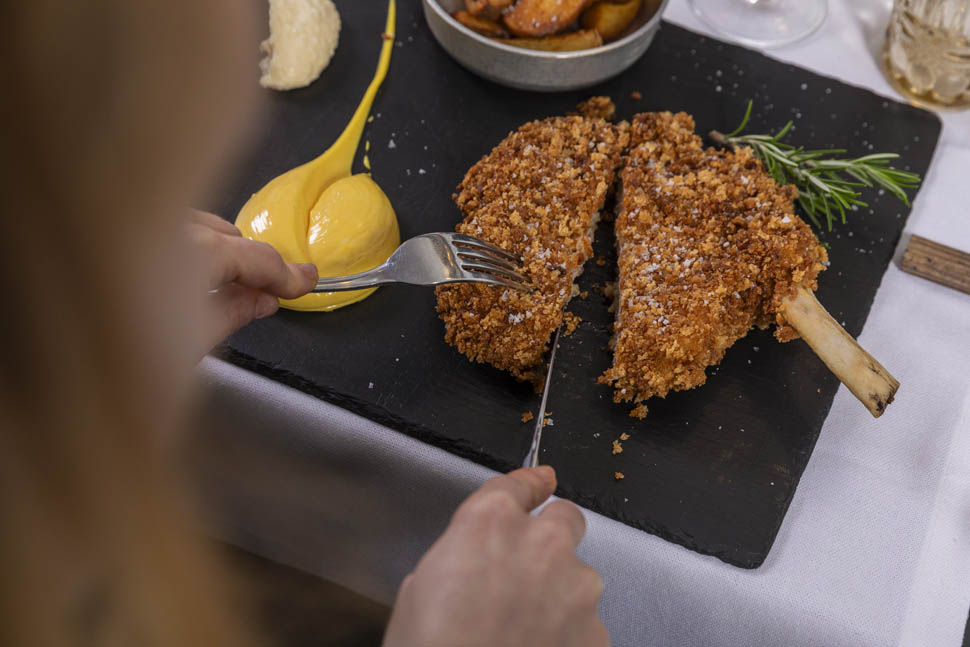
The meal concludes with the Sfera di Cioccolato: once opened at the table with a warm spoon, it reveals a creamy center of mascarpone whipped with fresh cream and a cascade of berries. The serving temperature is carefully calculated: the chocolate must be soft enough to open easily but not so hot as to melt the cream inside.
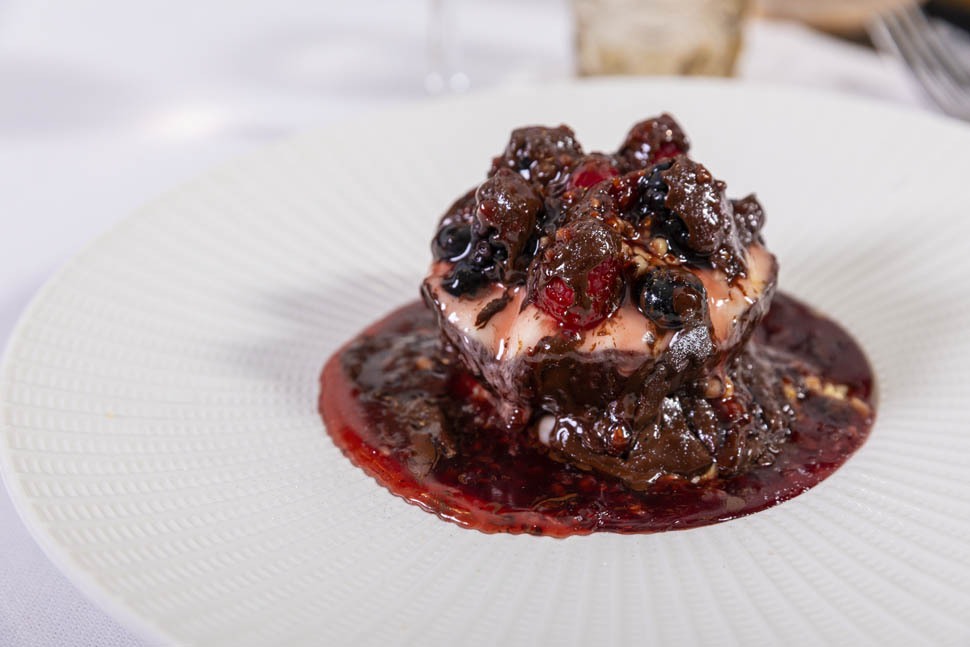
Mediterranean cuisine: the instinct of the sea
Alongside the Milanese menu, the restaurant offers a Mediterranean menu that follows “the mood of the moment,” the result of instinctive cuisine born from a passion for reading and the ability to interpret the trends of the sea and the seasons. The Fish and Shellfish Soup combines redfish, tub gurnard, prawns, and scampi in a broth made from the heads and bones, enriched with San Marzano tomatoes and wild fennel. Conchos of toasted homemade bread complete the dish, absorbing all the flavors of the sea.
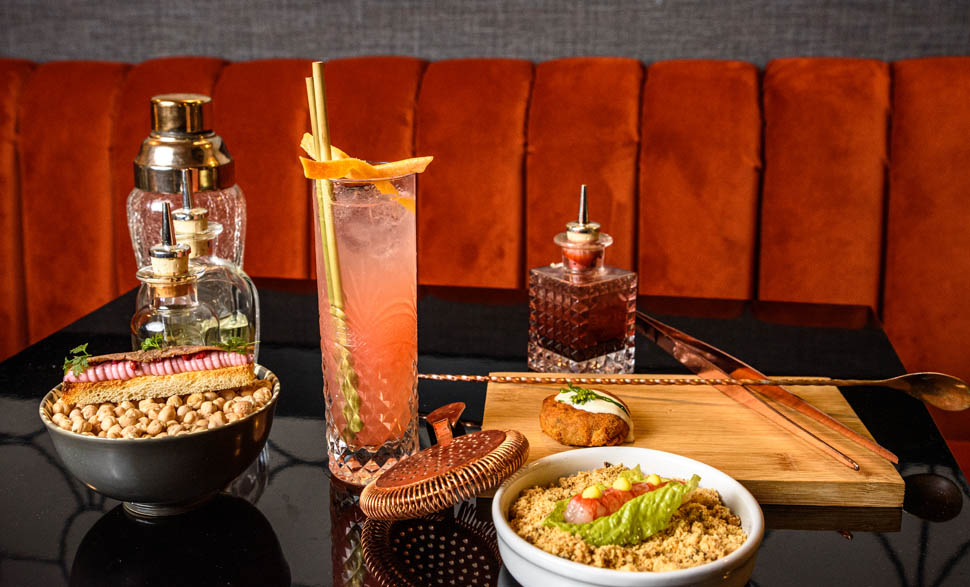
Gerardo di Nola Spaghettone, bronze-cut pasta that perfectly holds the sauce. Freshly seared pink shrimp, freshly grated Cabras mullet bottarga, garlic, Tuscan olive oil, and Calabrian chili pepper: each ingredient retains its identity in a balance of Mediterranean flavors. Mediterranean bluefin tuna has a golden sesame crust that encloses a raw, compact center. Crisp julienned vegetables marinated in a sweet and sour sauce with rice vinegar and mirin create the perfect contrast to the softness of the fish.
Raw ingredients, market, and respect: the sustainability of simplicity
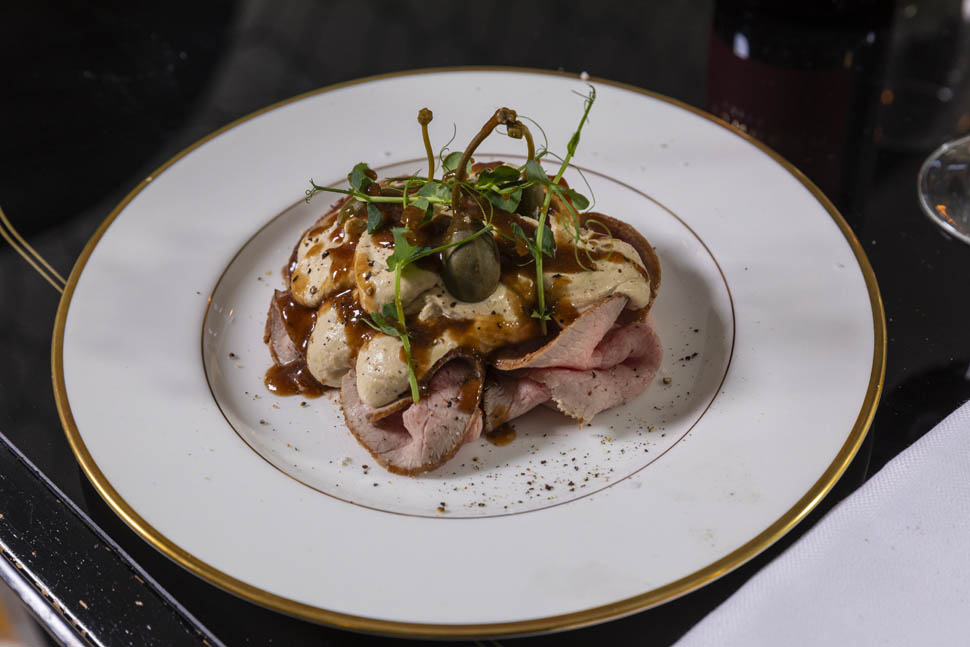
Every Thursday morning, the chef immerses himself in the market stalls of Via Marcona. It is there that he finds seasonal produce, small producers, and establishes relationships. The meat comes from a non-intensive farm near Abbiategrasso, where Varzesi cows live outdoors and are fed naturally. Everything is carefully selected: homemade nervetti, duck, black pig, depending on availability. Nothing is standardized; everything is born from the encounter between ingredients and ideas. “Good cuisine, without exaggeration” — this is his motto.
Contacts
Trattoria Classico
Address: Via Marcona, 6, 20129 Milano MI
Phone: 02 4944 9135
